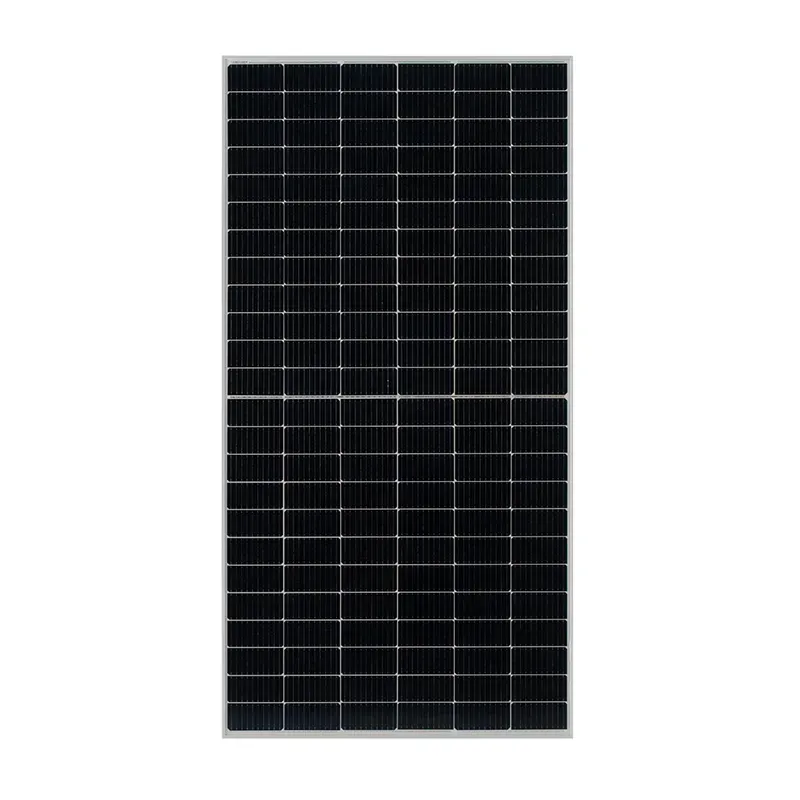bifacial vs monofacial solar panel
Bifacial vs. Monofacial Solar Panels A Comprehensive Comparison
As the demand for renewable energy sources grows, solar power has emerged as a leading solution for sustainable energy generation. Among the various types of solar panels available in the market, bifacial and monofacial panels are two prominent options. Understanding the differences, advantages, and applications of these two technologies is essential for making informed decisions about solar energy adoption.
Monofacial Solar Panels
Monofacial solar panels are the traditional type of solar technology that most people are familiar with. These panels have photovoltaic (PV) cells on one side, which capture sunlight and convert it into electricity. Typically, these panels are installed facing the sun, maximizing their exposure to sunlight throughout the day.
One of the key advantages of monofacial panels is their simplicity and cost-effectiveness. They are generally less expensive to manufacture than bifacial panels due to their straightforward design. Additionally, monofacial panels are widely available, and installation procedures are well established, making them a popular choice for residential and commercial applications.
However, the efficiency of monofacial panels can be limited by factors such as shading and environmental conditions. They rely entirely on direct sunlight, and their performance can decline if they are not positioned optimally or if dirt and debris accumulate on their surface.
Bifacial Solar Panels
bifacial vs monofacial solar panel

Bifacial solar panels, on the other hand, are a more advanced technology that features photovoltaic cells on both the front and rear sides. This design allows them to harness sunlight from both directions, which can significantly enhance their energy production. Bifacial panels can absorb reflection from the ground or nearby surfaces, such as rooftops or white materials, thereby increasing overall efficiency.
One of the most significant benefits of bifacial panels is their ability to generate more electricity without requiring additional land or space. Studies indicate that bifacial panels can yield up to 30% more energy than their monofacial counterparts, especially in areas with high albedo, where light is reflected efficiently. This makes bifacial panels particularly suitable for installations in snowy or sandy locations.
However, bifacial panels are typically more expensive upfront due to their complex manufacturing processes. Additionally, their performance heavily relies on installation conditions, such as the type of mounting system used and the reflectivity of the ground beneath them. Proper engineering and planning are therefore crucial to maximizing their potential.
Conclusion
Choosing between bifacial and monofacial solar panels ultimately depends on a variety of factors, including budget, installation location, and energy needs. Monofacial panels offer a reliable and cost-effective solution for many users, particularly in urban settings with limited space. In contrast, bifacial panels provide a higher energy yield and are advantageous in environments where reflected light can enhance performance.
As solar technology continues to evolve, both bifacial and monofacial panels will play essential roles in the transition to renewable energy. Evaluating the specific requirements of each project will ensure that solar energy systems are efficient, cost-effective, and environmentally friendly. Whether opting for the established reliability of monofacial panels or the innovative benefits of bifacial panels, investing in solar energy is a positive step toward a sustainable future.
-
Understanding the Advantages of Solar String Inverters for Your Energy SystemNewsApr.29,2025
-
Choosing the Right PV Inverter: A Comprehensive GuideNewsApr.29,2025
-
The Future of Solar Power: Exploring Bifacial Solar PanelsNewsApr.29,2025
-
The Complete Guide to Solar Panels: Efficiency, Cost, And InstallationNewsApr.29,2025
-
The Best Options for Efficiency and Cost-EffectivenessNewsApr.29,2025
-
Harnessing the Power of Off-Grid Solar Inverters for Energy IndependenceNewsApr.29,2025







